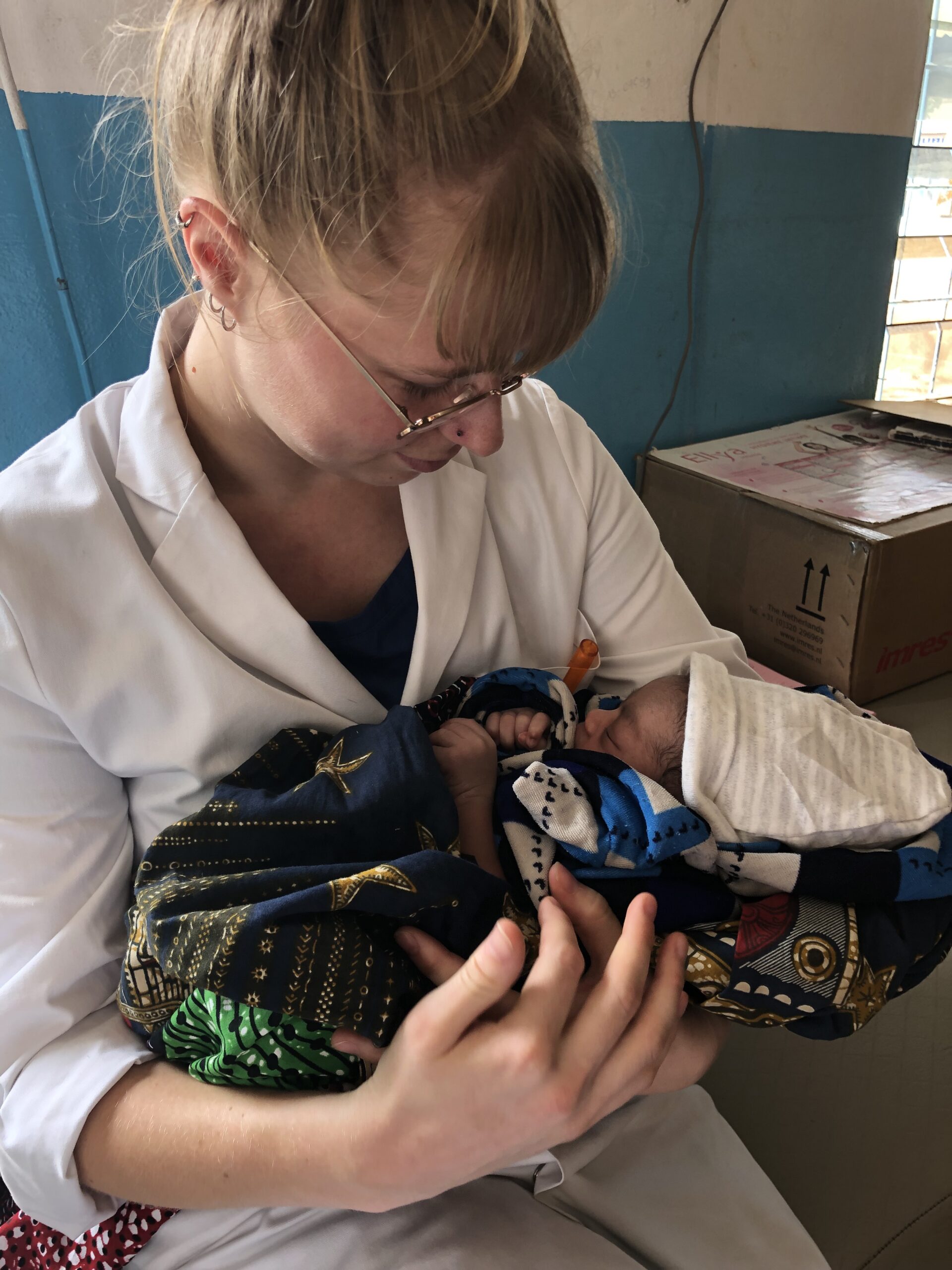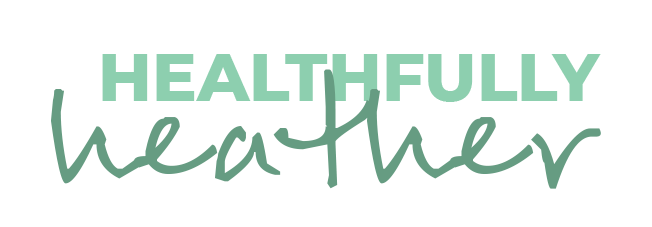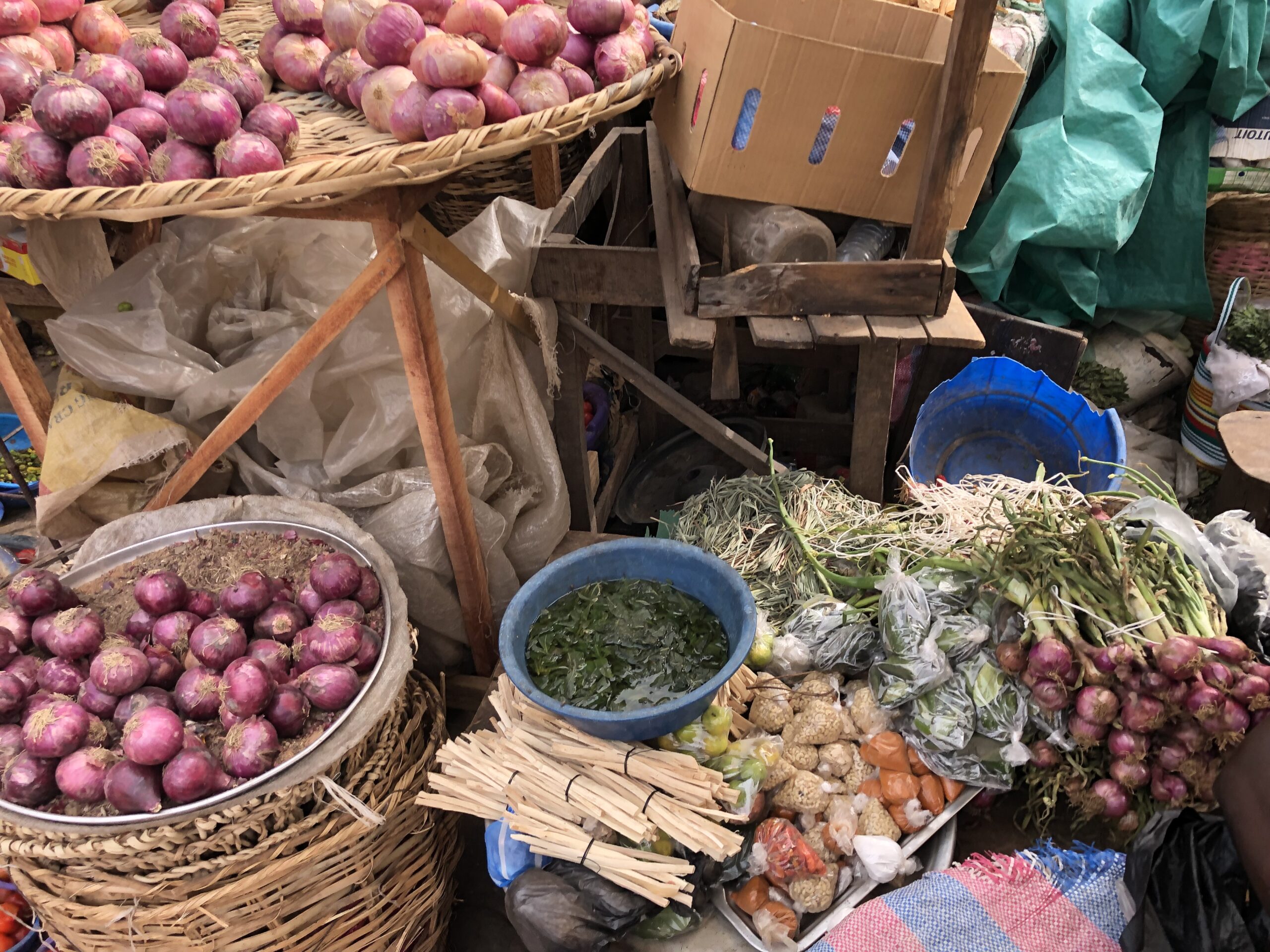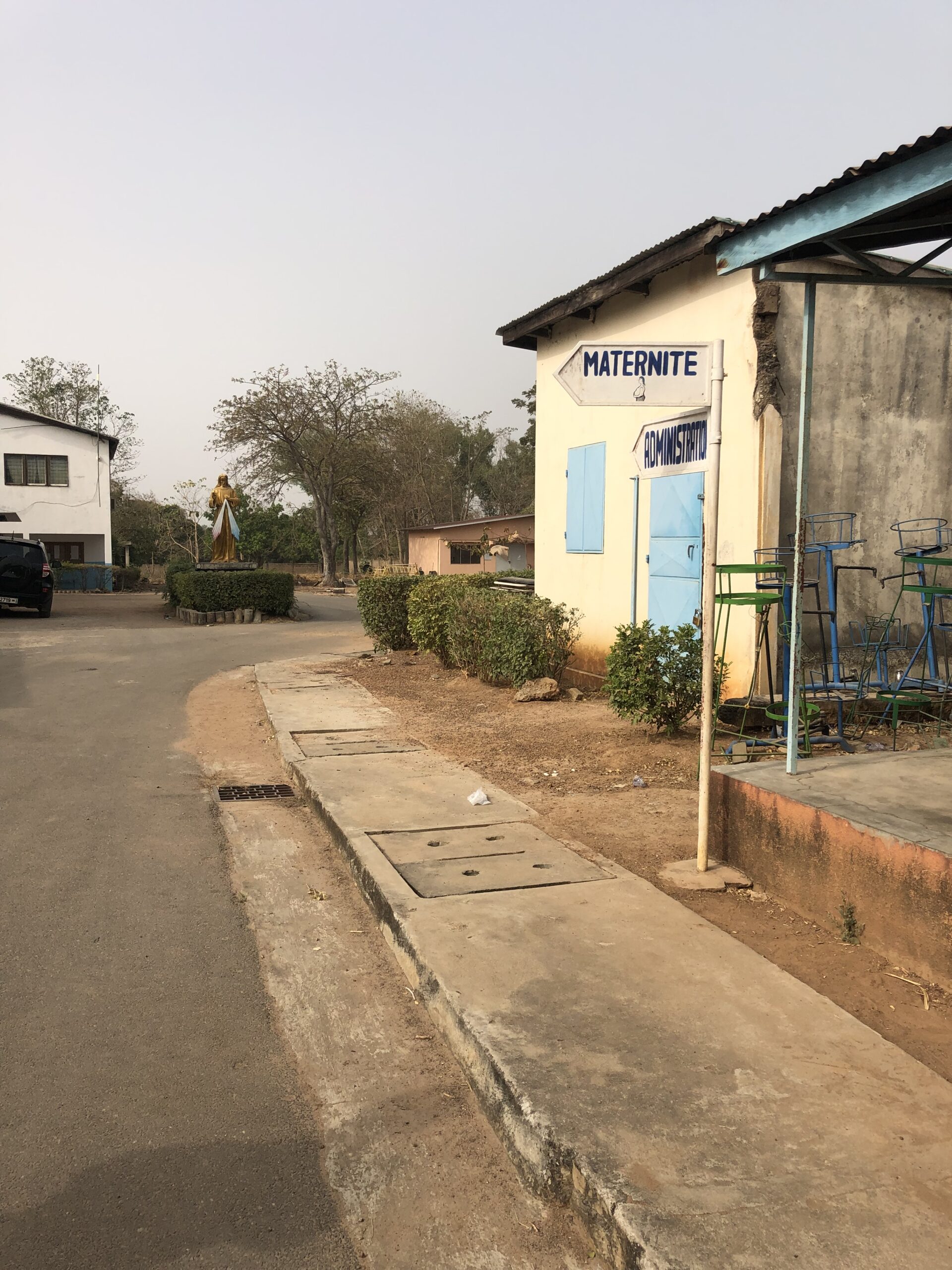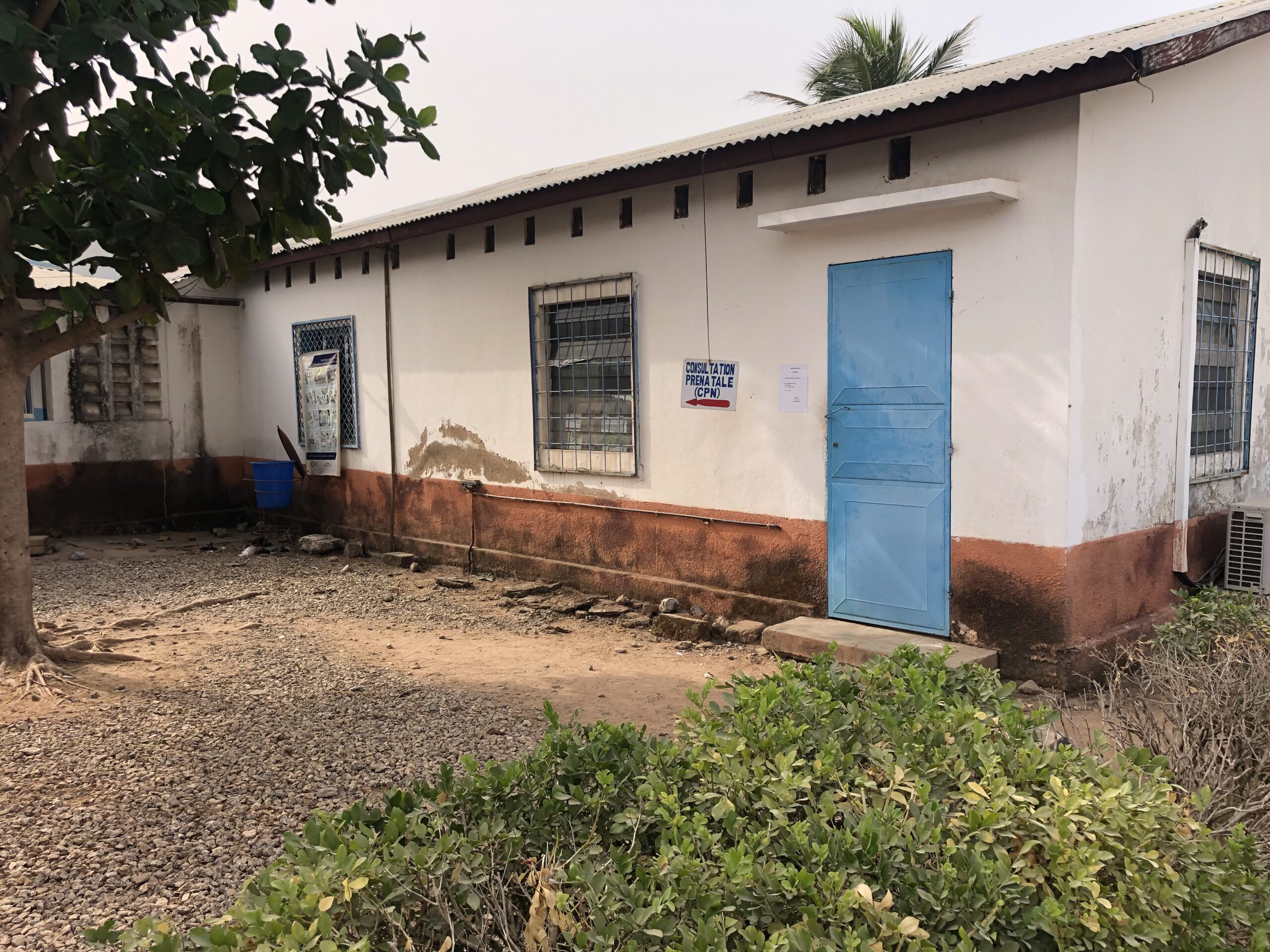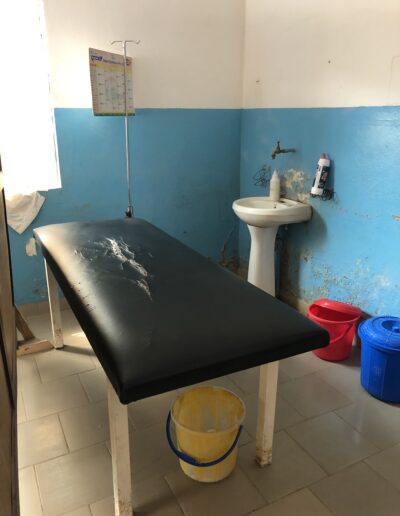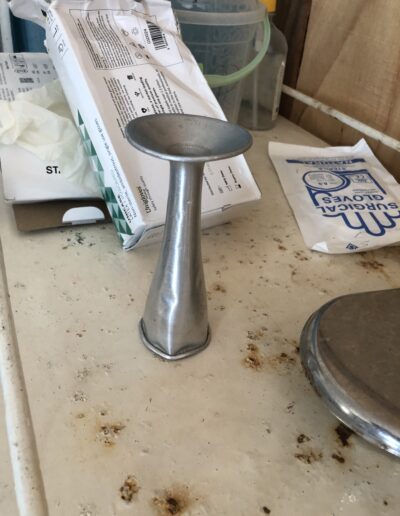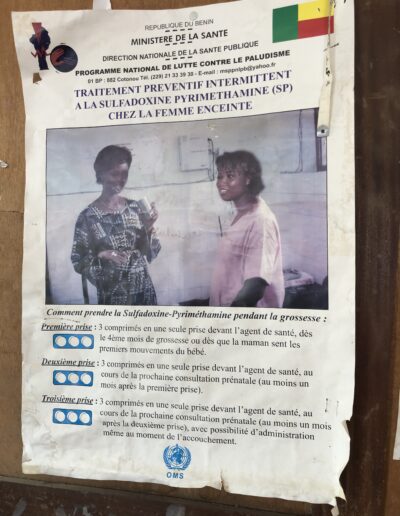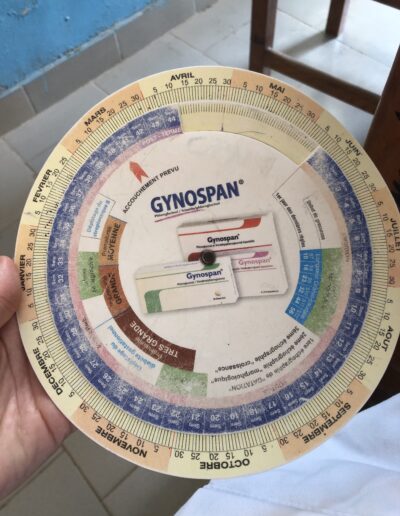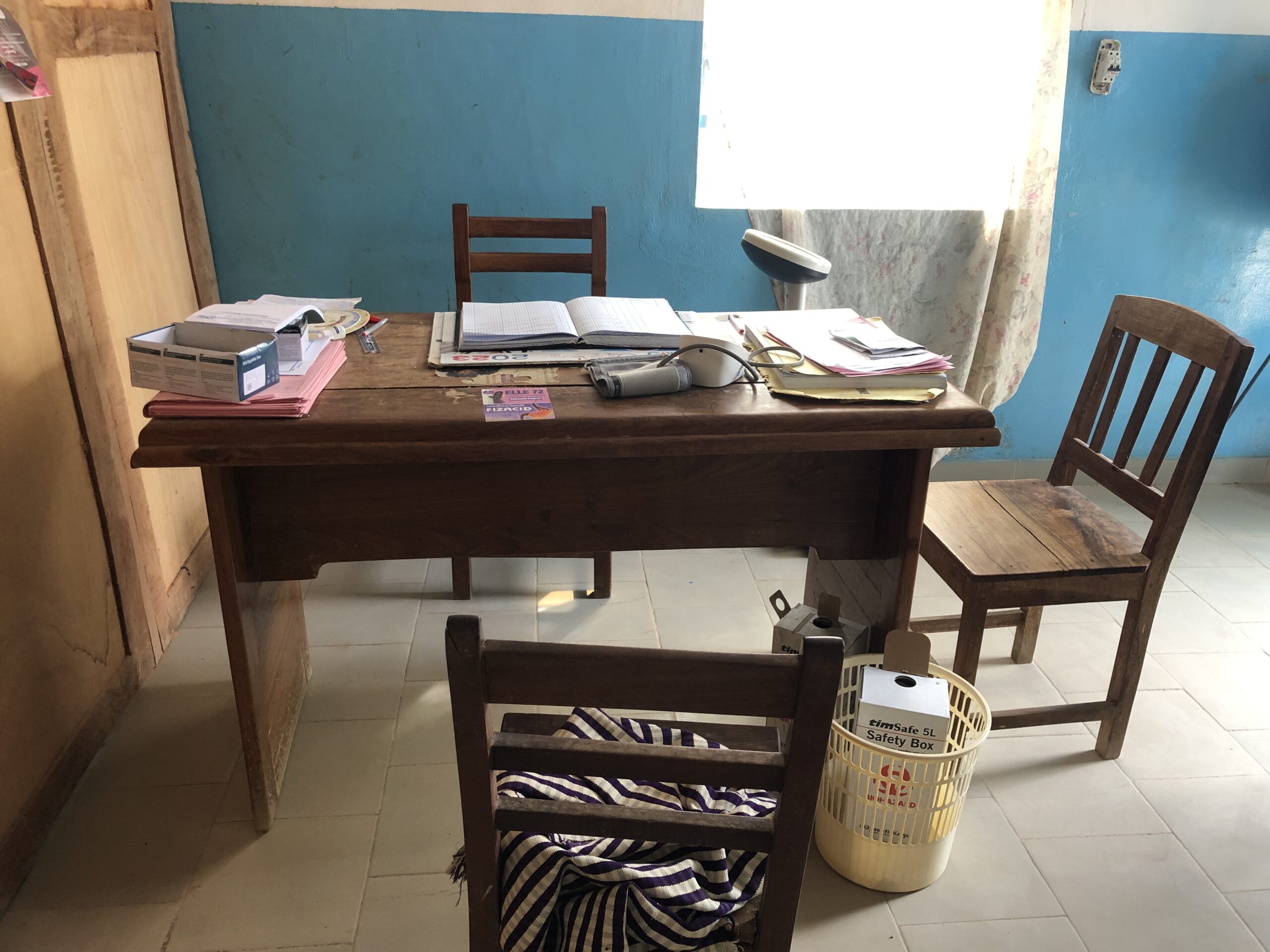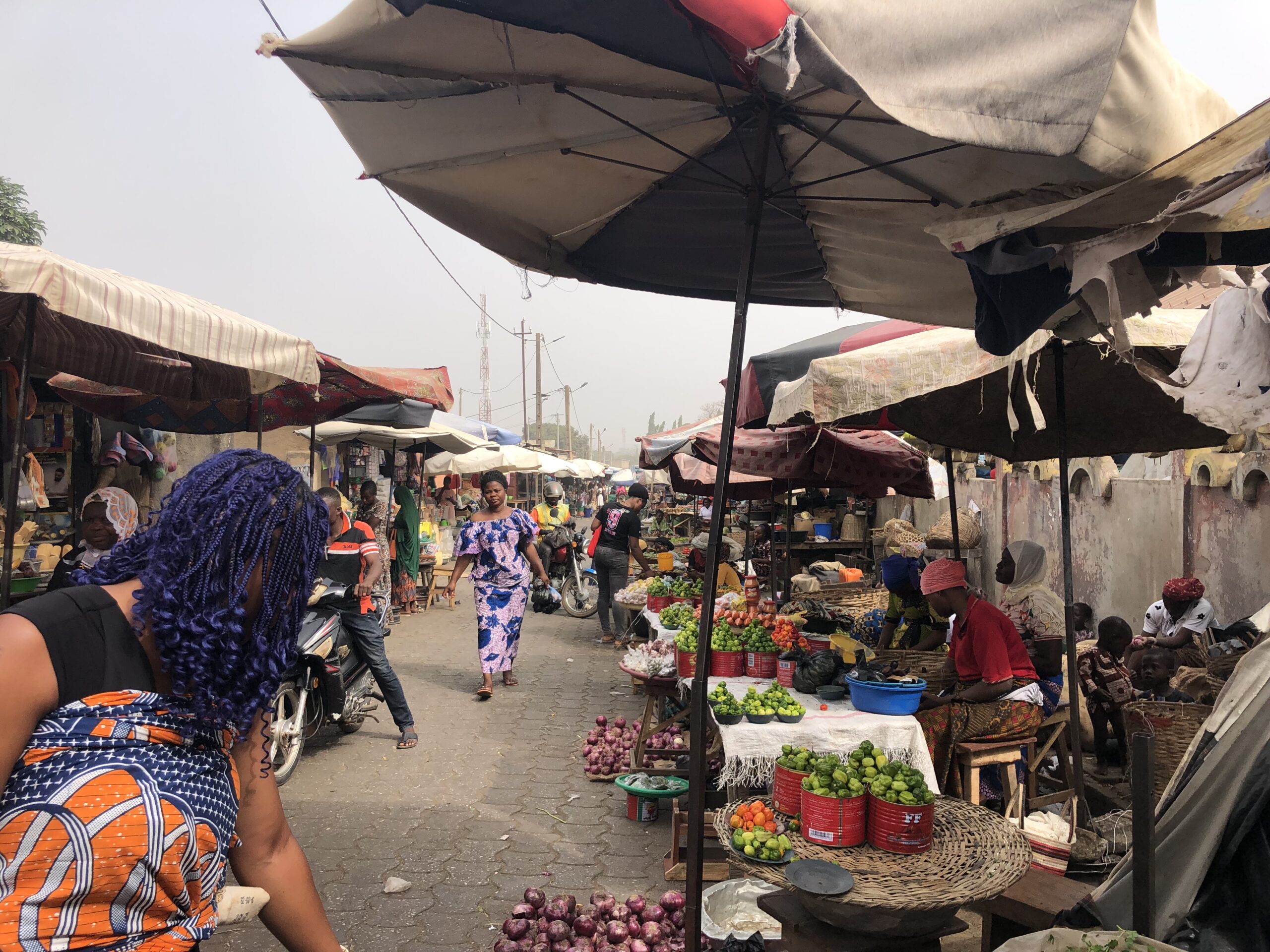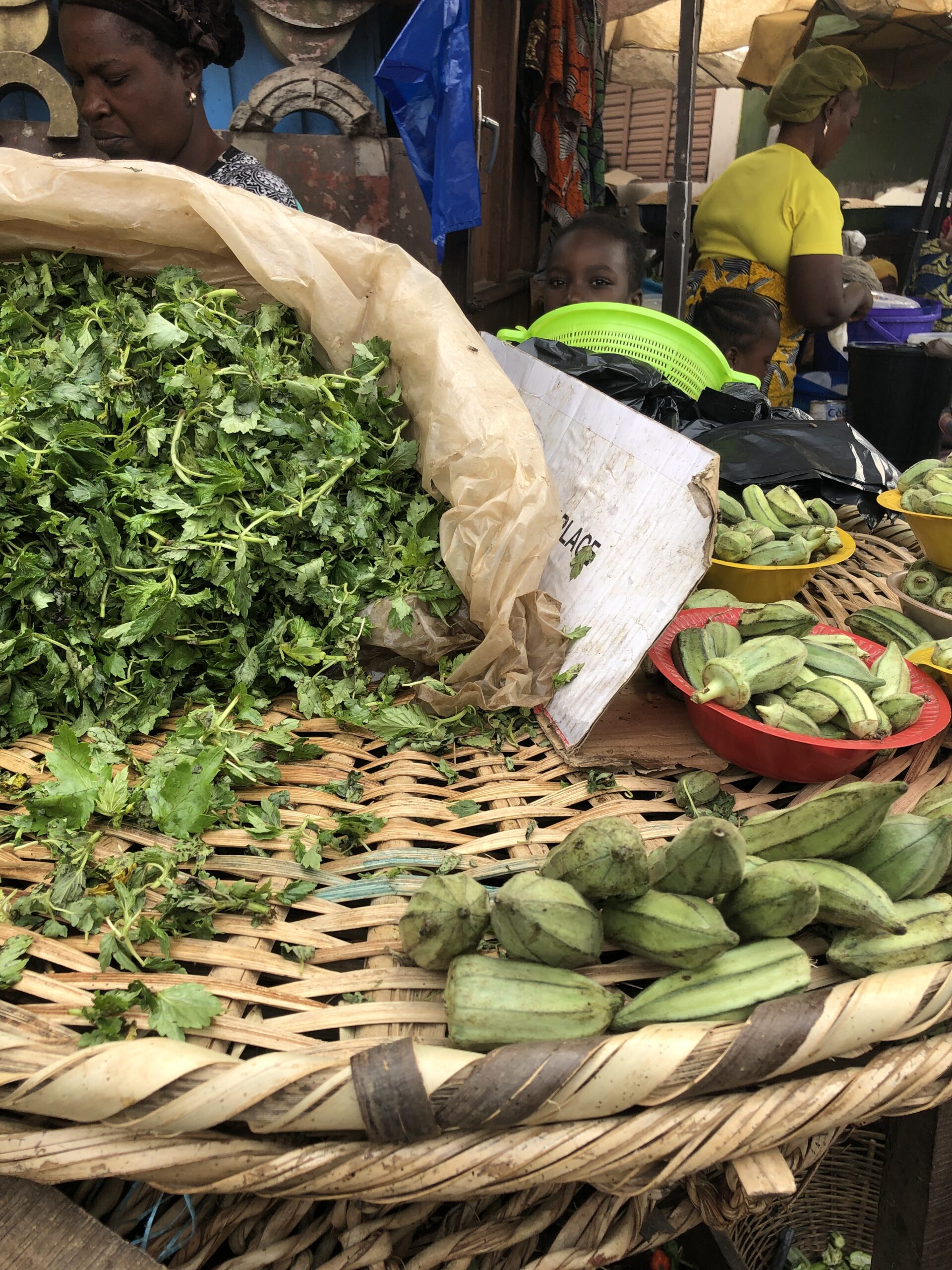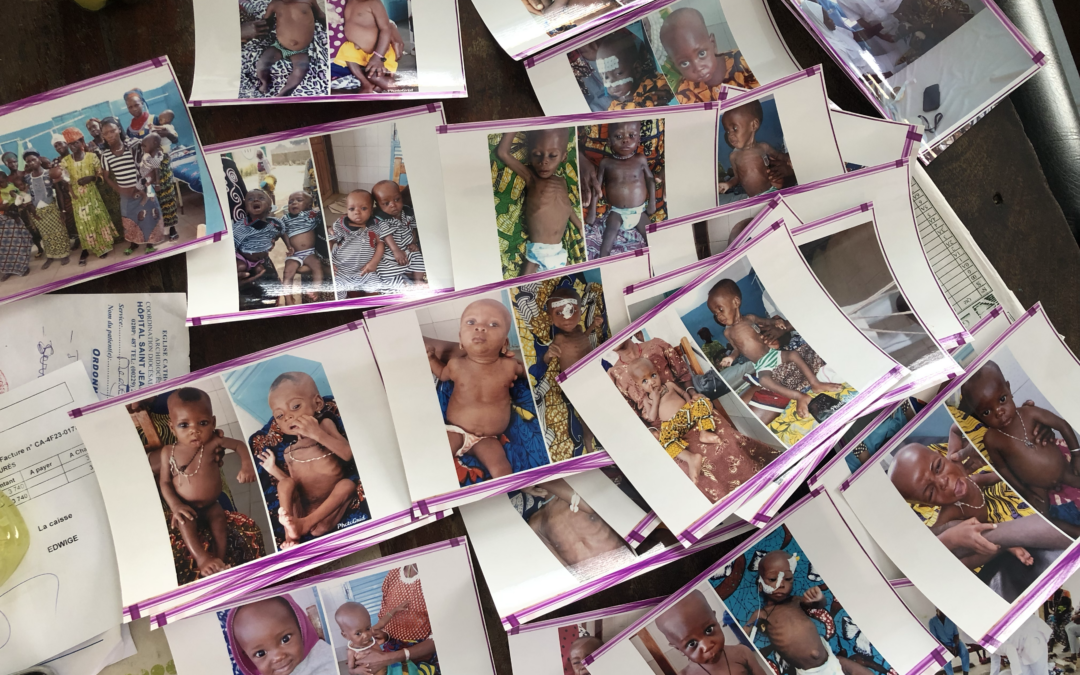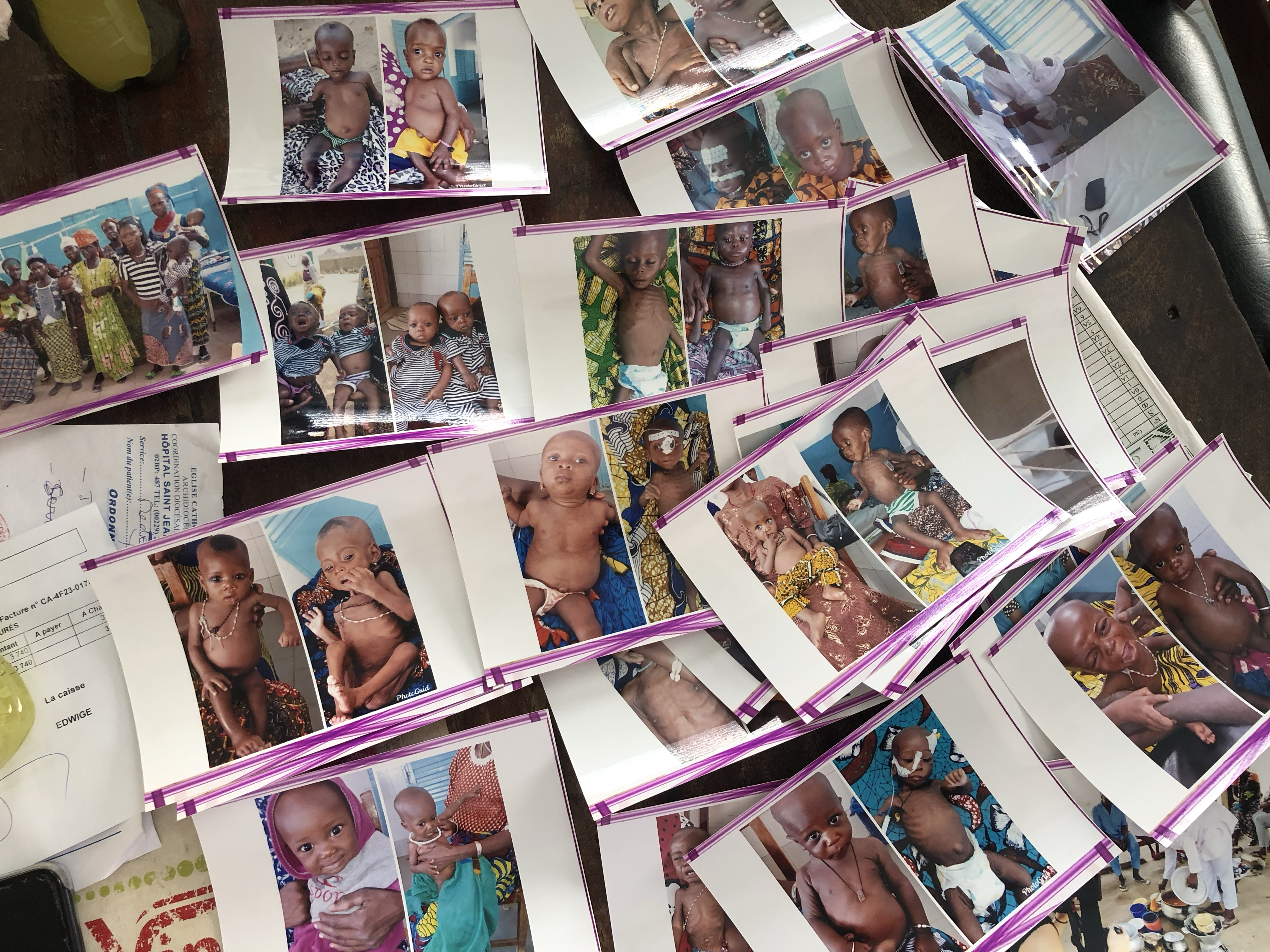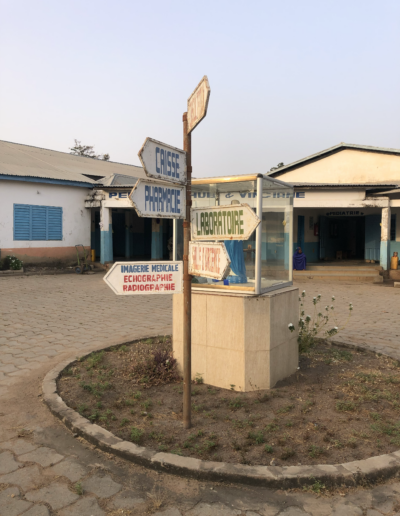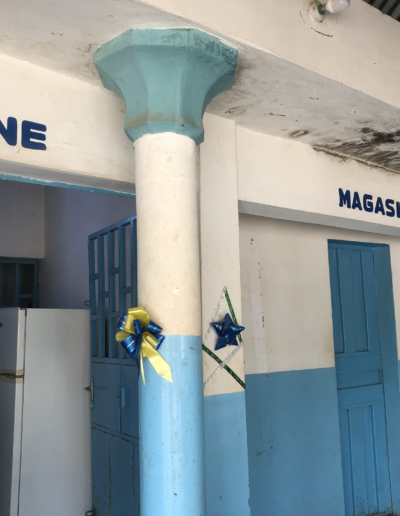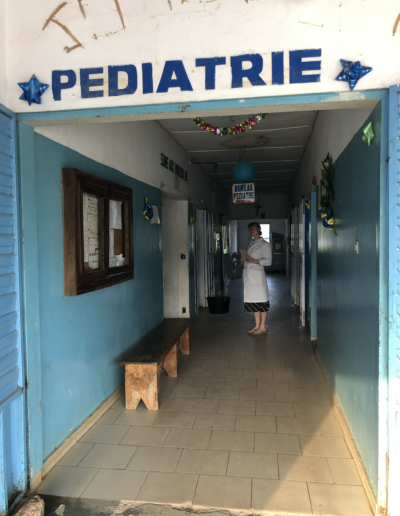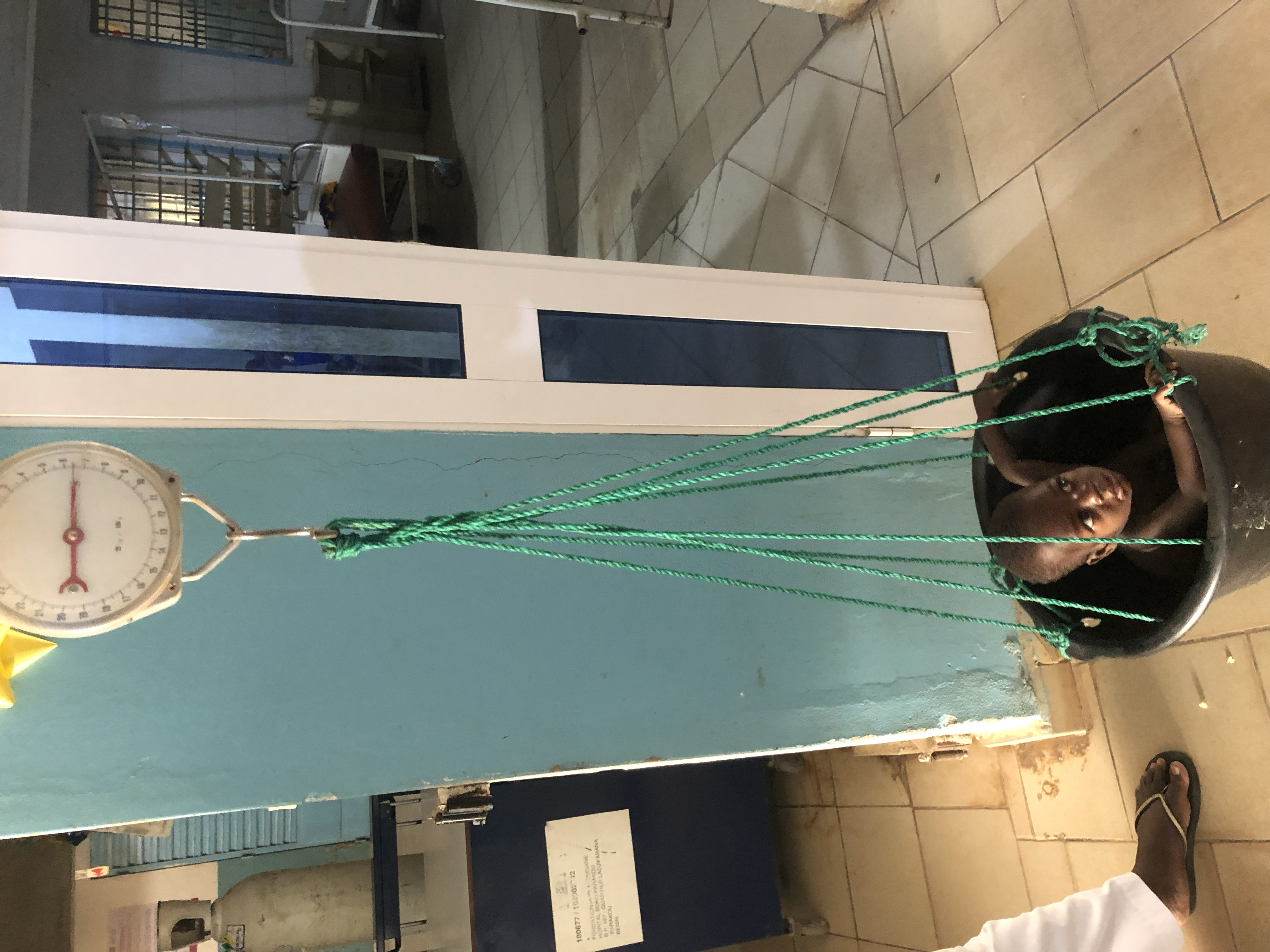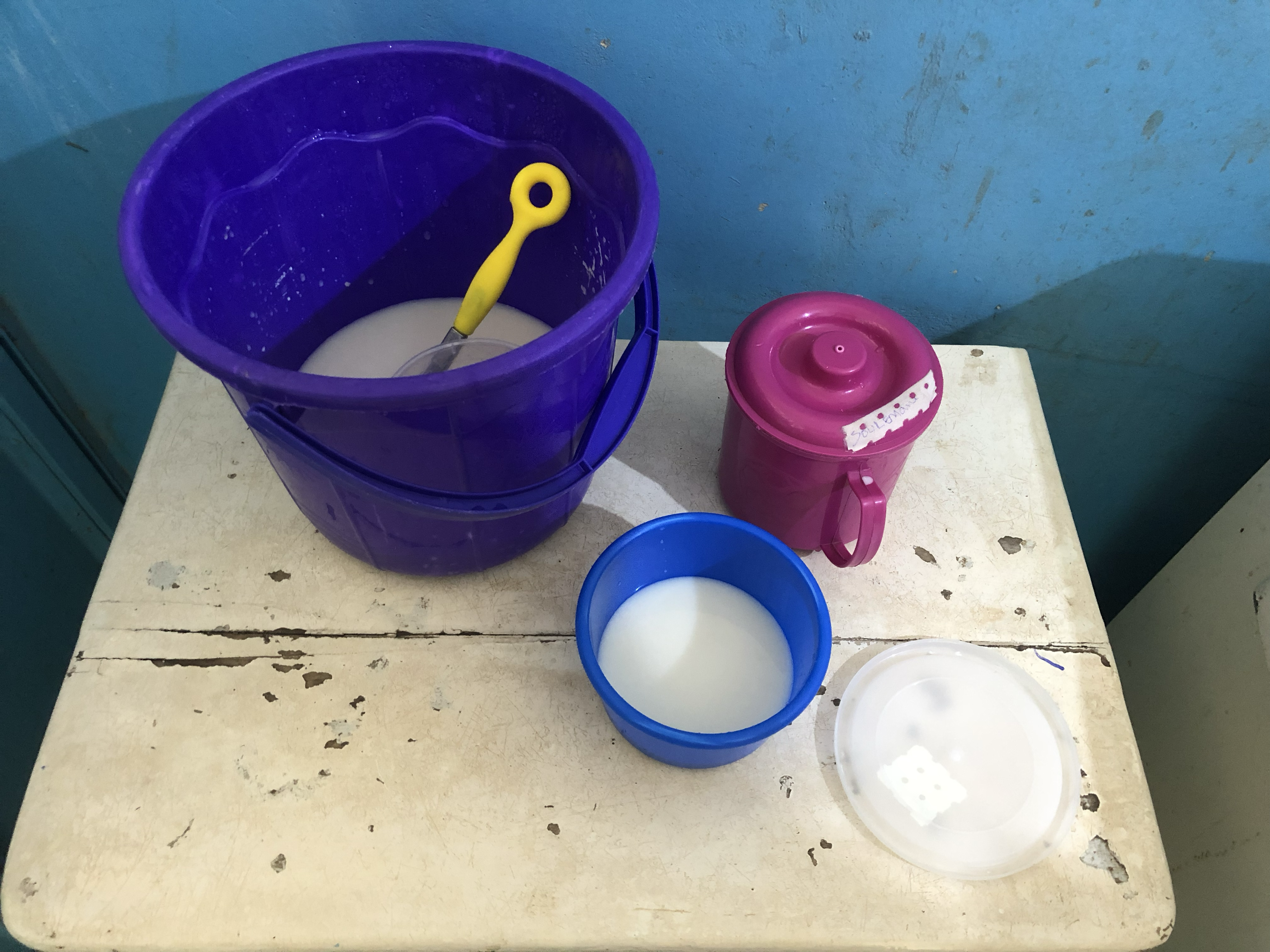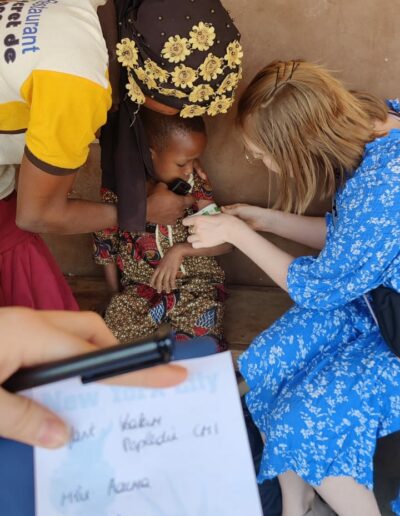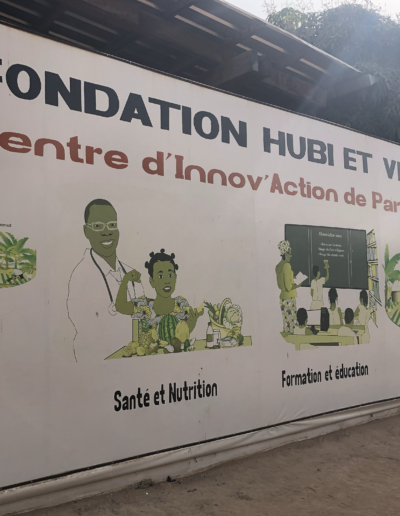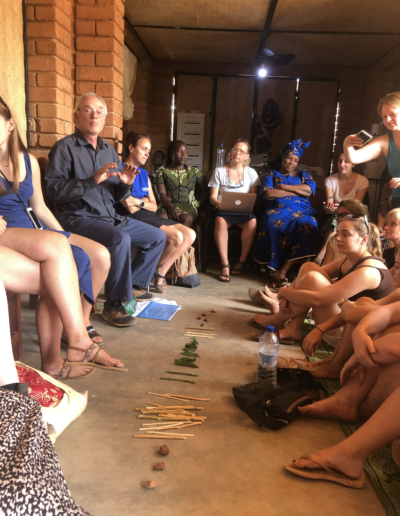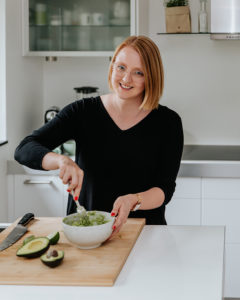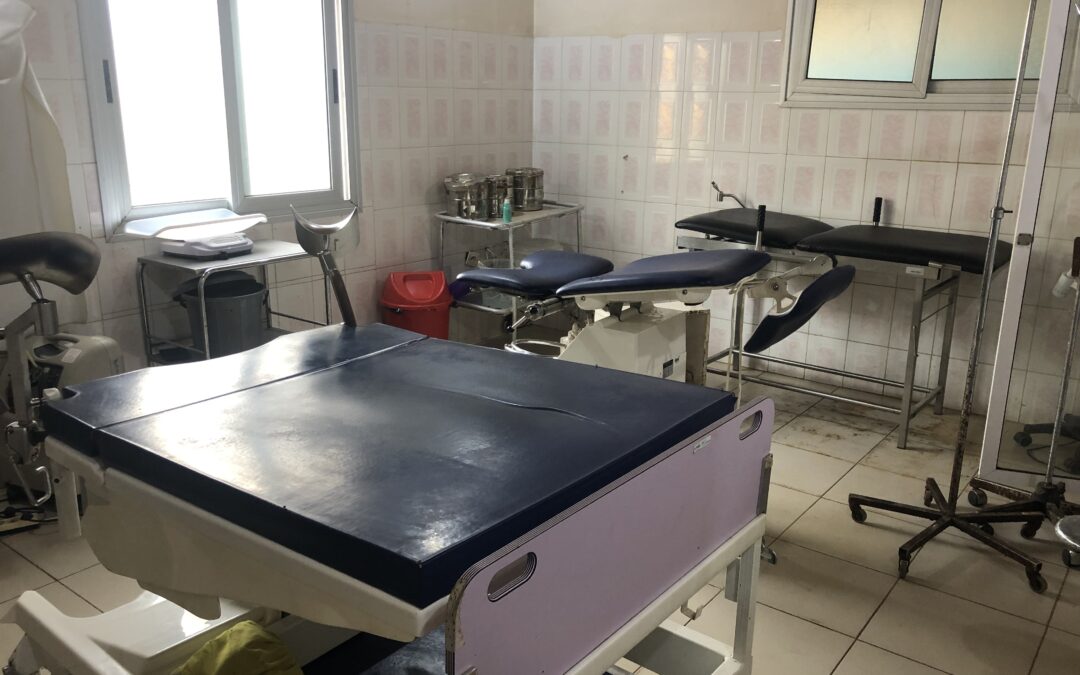
Week 4: Femke’s Birthday & Maternity
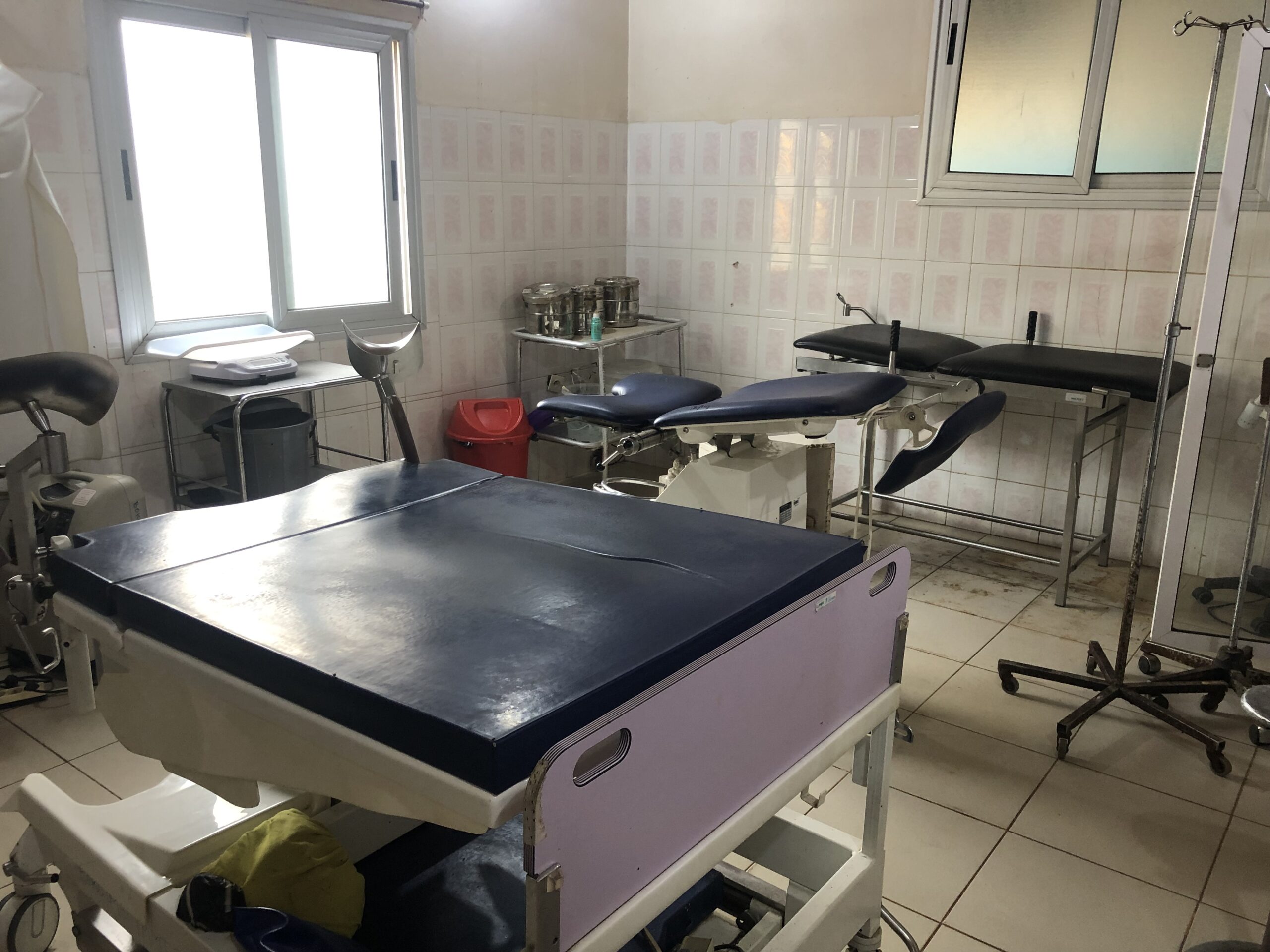
Week 4: Femke's Birthday and Maternity
A well-deserved rest day
At the end of last week it was Femke’s birthday. To celebrate this, the two of us went to hotel Les Routiers to take a dip in the swimming pool, enjoy the tranquility, and escape the heat for an afternoon. Since there is not much to do in the hospital in Boko, where we are also staying, we both worked every day for school. If we do an internship in the hospital during the day, we will be busy in the evening with either the necessary household tasks or with our bachelor’s theses or assignments for the internship. We also kept ourselves busy with schoolwork during the weekends, so that a day of rest and doing nothing for school was sometimes allowed and we enjoyed it immensely. You may be surprised, but even though we’ve been here in West Africa for a month, we haven’t been able to enjoy the sun and get a lot of color yet. 😉
Hotel Les Routiers is a well-known hotel in Parakou where many Westerners stay and where various ambassadors meet regularly. It was a pleasant visit, and we are thinking of visiting the swimming pool again during one of the upcoming weeks. Once we are finished at the hospital, we will need to commute into Parakou each day for our internship. Apparently, the hotel has tasty European dishes such as stew with fries, which we will definitely need to order! There is also a souvenir shop outside, which is very nice since Parakou is anything but touristy and we haven’t been able to buy any souvenirs yet.

Back to work
After a pleasant Saturday, we ended our weekend with a quiet day of work for school and then we could start our second week in the maternity department.
This week it was Femke’s turn to follow the prenatal consultations and Heather got the chance to give some nutritional tips to the women who were healing from their caesarean section operations. On Tuesday we were about to follow another woman in the delivery room. This time the experience was a bit more eye-opening compared to the last. Given that a normal, natural childbirth here always takes place without anesthesia, this is already a painful experience. But when it was noticed that the opening of the vagina was about to tear through, it was decided to cut the opening to prevent this tearing. This was also done without anesthesia. After the delivery had gone off without a hitch, the woman had to be sewn up again, of course, and this is again done here without anesthesia. Throughout the procedure, the woman cried out in pain and was told/called to her to stop yelling and to be quieter by the midwife.
This experience was yet another example of one of the most striking cultural differences between Belgium and Benin. There is no place here in Benin for sympathy for those who are in pain. When a 15-year-old girl who was about to give birth wanted to sit on a step last week because she was having a hard time, she was yelled at not to sit there and that she should just stand up or find another place somewhere else. It feels often like you’re not allowed to show any signs of weakness here.
It also sometimes happens that one of the new mothers speaks little or no French and if the midwife does not speak the same language as the mother, the midwife often gets angry with the woman because she does not understand her. Shouting at the patients and even hitting them with a book if they do something wrong, for example, is a regular occurrence here. The way of communicating is generally more aggressive than in Belgium, which took some getting used to.
It is also striking that everything is very focused on the parenting and domestic role of the women and that the partner is never involved in, for example, giving nutritional advice to the pregnant woman. Only if the woman seems to have misunderstood, the partner will also be informed. Even at the birth, the partners were not allowed to be present. The women are often three next to each other (ready to) give birth without anyone they know being present. After giving birth, they have to lie naked for a few hours without visitors being allowed to come or getting dressed (in order to be able to properly monitor the mother’s recovery and the afterbirth).
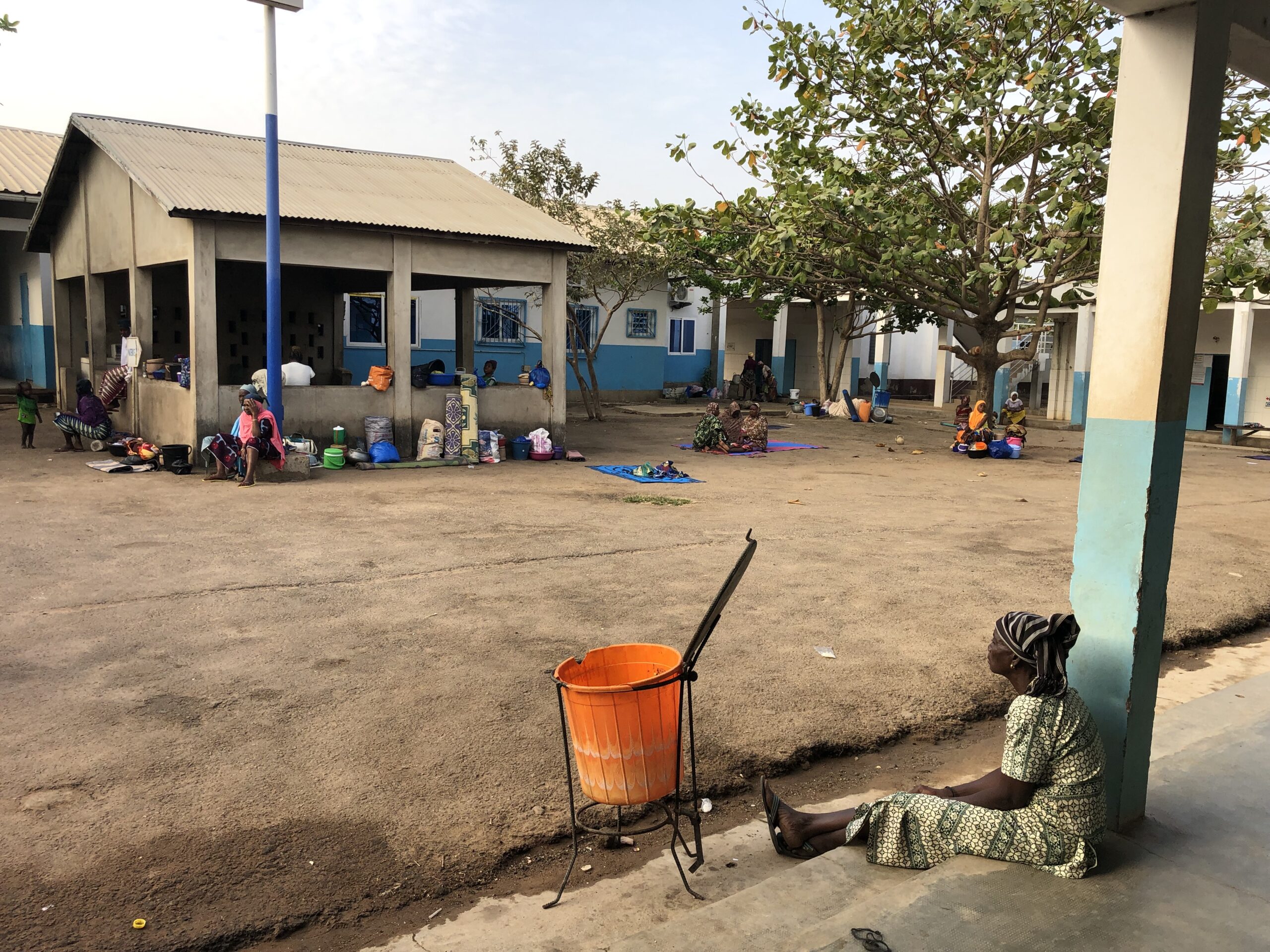
In the O.R.
Later in the week, Femke got an opportunity she wouldn’t pass up. She was allowed to follow the operation of an ovarian cyst. When she entered the operating room, she thought she was wrong at first, as the woman who was ready for the operation seemed to be heavily pregnant. In the end it turned out to be a cyst of 10 kilograms – the size of twins. The cyst was therefore completely removed together with the uterus. We won’t go into the gory details, but let’s just say it was an experience to remember. For the patient, it was literally and figuratively a great weight lifted from her shoulders.
Other than that, the working week was fairly quiet. We were able to arrange that we were given Friday afternoon off to go away for the first time for a weekend and to further explore the country. We opted for a weekend trip to Kossoucoingou, near Natitingou, close to the border with Togo. Exciting!


